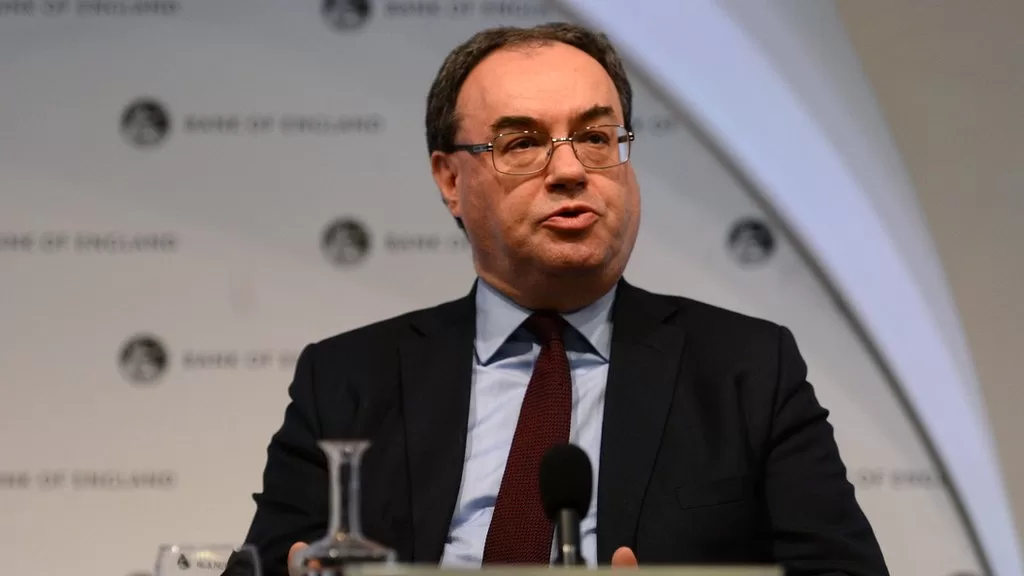On July 10, the Governor of the Bank of England, Andrew Bailey, delivered a speech that covered various topics, including inflation, public confidence in financial institutions, and his skepticism towards cryptocurrencies as money. Bailey expressed a preference for “enhanced digital money” over cryptocurrencies and stablecoins. His remarks have sparked discussions about the future of digital currencies and the role of central banks.
Cryptocurrencies and Stablecoins: Not Money According to Bailey
Governor Bailey confidently stated that cryptocurrencies and stablecoins do not meet the criteria to be considered as money, without elaborating on specific details. This declaration implies their inadequacy as a medium of exchange, unit of account, and store of value. However, Bailey did acknowledge the importance of regulating stablecoins through the Financial Services and Markets Act to ensure compliance with established standards.
Central Bank Digital Currencies (CBDCs): The Future of Enhanced Digital Money
Bailey emphasized the potential of central bank digital currencies (CBDCs) as a form of enhanced digital money. He expressed his belief that well-designed CBDCs offer distinct advantages and should not be limited to central banks alone. While he did not delve into specific benefits, his remarks indicate a recognition of CBDCs as a viable alternative in the digital financial landscape.
Laying the Groundwork for Future Developments
Governor Bailey’s speech highlights his cautious stance on cryptocurrencies and stablecoins while acknowledging the need for innovation and competition in the financial sector. By promoting the concept of enhanced digital money and emphasizing the unique advantages of CBDCs, Bailey appears to be setting the stage for future developments in the digital currency space.
The Bank of England’s Role in a Changing Financial Ecosystem
As the financial landscape continues to evolve, the Bank of England aims to maintain stability and adapt to the changing demands of the modern financial ecosystem. While expressing skepticism towards cryptocurrencies, Bailey recognizes the importance of technological advancements and competition outside the realm of central banks. The Bank of England will closely monitor these developments and assess their potential impact on the economy and financial stability.
Conclusion
Governor Andrew Bailey’s recent speech on cryptocurrencies, stablecoins, and central bank digital currencies sheds light on the Bank of England’s perspective on the future of money. Bailey’s skepticism regarding cryptocurrencies as money and his emphasis on enhanced digital money and CBDCs reflect the ongoing discussions and debates surrounding the digital financial landscape. The Bank of England aims to balance stability, innovation, and adaptability as it navigates the changing financial ecosystem.
FAQs (Frequently Asked Questions)
1. What did Andrew Bailey, the Governor of the Bank of England, say about cryptocurrencies? Governor Bailey expressed skepticism regarding cryptocurrencies, stating that they do not meet the criteria to be considered as money. He emphasized the need for enhanced digital money and highlighted the advantages of central bank digital currencies (CBDCs).
2. How does Bailey differentiate between cryptocurrencies and enhanced digital money? Bailey did not provide specific details but stated that cryptocurrencies and stablecoins fall short of meeting the fundamental criteria to be considered as money. He sees CBDCs as a form of enhanced digital money that offers distinct advantages.
3. What regulatory measures does Bailey mention for stablecoins? Bailey highlighted the importance of regulating stablecoins through the Financial Services and Markets Act to ensure compliance with established standards. This regulatory approach aims to align stablecoins with existing financial regulations.
4. How does the Bank of England view innovation and competition in the financial sector? While maintaining a cautious stance on cryptocurrencies, Governor Bailey recognizes the potential for innovation and competition beyond the realm of central banks. The Bank of England aims to balance stability and adaptability to accommodate the changing demands of the modern financial ecosystem.
5. What role does the Bank of England play in the digital currency landscape? The Bank of England closely monitors developments in the digital currency landscape, including cryptocurrencies, stablecoins, and CBDCs. It aims to maintain stability, adapt to technological advancements, and assess the potential impact of digital currencies on the economy and financial stability.



